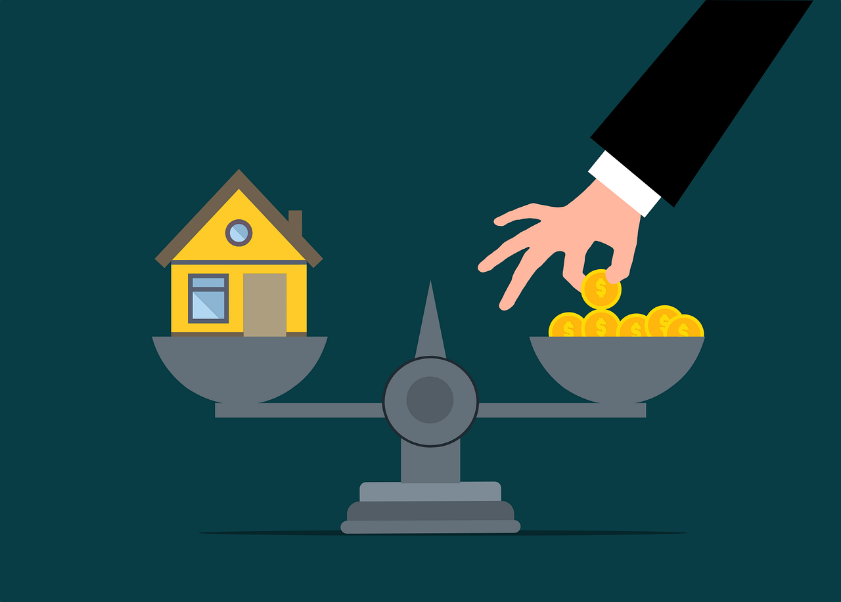Income disparity is a chronic problem that keeps receiving attention on a global scale. It refers to a society's unequal income distribution among people or households. This write-up will examine the effects of income disparity on economic opportunity.

The impact of income inequality on social and economic stability has grown to become one of the most talked about economic topics. Social unrest can result from high-income inequality because differences in wealth and income can exacerbate emotions of injustice and resentment. Additionally, income disparity can factor in the lack of social mobility, limiting opportunities for lower-income families to move up the social ladder and perpetuating a cycle of poverty.
Additionally, income inequality has important economic ramifications. Because those with lesser earnings have less purchasing power, when income is concentrated in the hands of a few people, it may result in decreased consumer expenditure. This decline in demand has the potential to stifle economic expansion and slow down economic activity in general. On the other hand, a fair income distribution might result in higher consumer expenditure, promoting economic growth.
Furthermore, differences in access to healthcare and education can be made worse by income disparity. People from lower-income families might only have limited access to high-quality healthcare and education, which can exacerbate inequality. Unfair educational opportunities impede human capital growth, restricting individual potential and impeding general economic advancement.
To address income disparity, multiple strategies must be used. To ensure a more equitable distribution of the tax burden, governments can establish progressive taxation systems where higher-income persons are taxed at a greater rate. Regardless of socioeconomic status, delivering equitable opportunity for everyone depends on funding education and healthcare infrastructure. Additionally, adopting measures that encourage inclusive economic growth, such as initiatives for job creation and programs for skill development, can aid in reducing socioeconomic inequalities and enhancing economic opportunities.
Understanding that reducing income inequality does not entail stopping wealth creation or dissuading individuals from achieving economic success is crucial. Instead, it highlights the necessity of systems and policies that support inclusive growth and offer upward mobility opportunities. A more stable and affluent environment can result from a more equitable income distribution.

How Is Income Distributed In A Market Economy?
Before income is distributed in any economy, a comprehensive analysis will be done of the country's working and non-working population. That's one of the few ways to determine the income and wealth distribution of any country before the first step to income distribution can occur. In most countries, income distributed In A market economy is done per capita.
Again, the government is also expected to go through the classification of national income and wealth distribution. This is where sections of society are identified: entrepreneurs, labor, occupation, profit, and owners of major factors of production are all classified for proper documentation. All these and more characterize the income distribution in a typical market economy. Often, this classification's results are arranged in statistical methods, and more information is extracted from the individual's tax reports.
Conclusion
There are numerous ramifications of income disparity on the economy and society. It can impede social mobility, slow economic growth, and widen access gaps to healthcare and education. Governments may promote economic opportunity and build a more inclusive society by implementing policies that support a more equitable income distribution. In addition to being an issue of fairness, addressing income inequality is essential for long-term social and economic stability.





